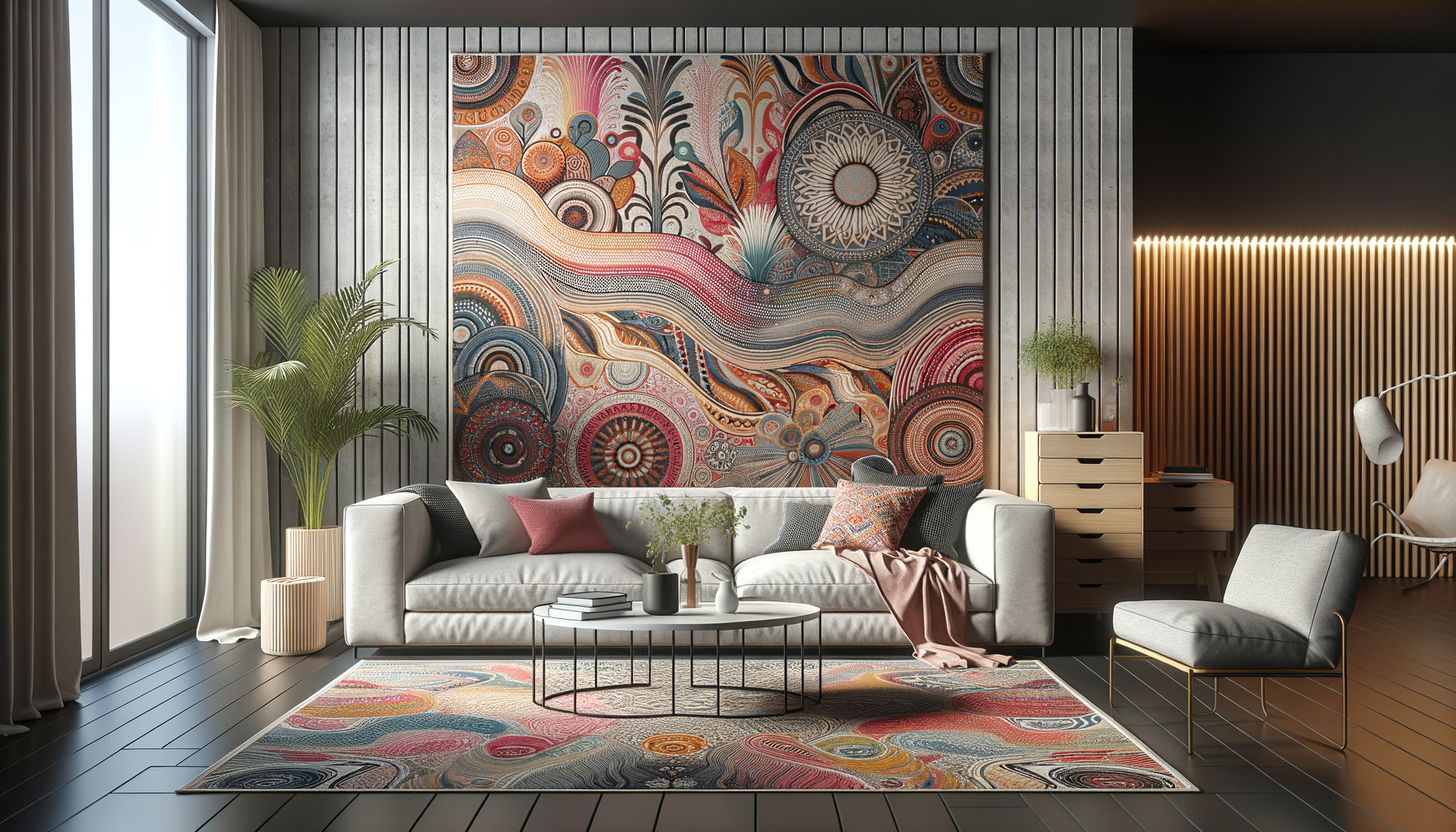The Rise of Wall Tapestries in Home Decor
Wall tapestries have surged in popularity as a distinctive home decor element, offering a fresh alternative to traditional framed art. These versatile pieces are not only decorative but also functional, providing texture and warmth to a space. In recent years, the trend has been driven by a growing appreciation for artisanal crafts and the desire for unique, personalized home environments.
One of the key reasons for their popularity is the ability to add a touch of personality and cultural significance to any room. Tapestries often feature intricate patterns, historical scenes, or abstract designs, allowing homeowners to express their individual tastes and interests. Furthermore, they can be easily swapped out to reflect changing seasons or moods, making them a flexible choice for dynamic interiors.
Beyond aesthetics, wall tapestries also offer practical benefits. They can help with sound absorption, reducing echo in large rooms, and provide additional insulation on chilly walls. This dual functionality makes them an attractive option for those looking to enhance both the style and comfort of their homes.
Choosing the Right Tapestry for Your Space
Selecting the perfect tapestry involves considering several factors to ensure it complements your existing decor. First, consider the size of the space where it will be displayed. A large tapestry can serve as a focal point in a spacious room, while a smaller piece might be better suited for a cozy nook or hallway.
Next, think about the color scheme and design. A tapestry with vibrant colors can energize a room and create a lively atmosphere, while more muted tones might lend a sense of calm and relaxation. Patterns and themes should align with your personal style and the overall aesthetic of your home. For instance, a bohemian-inspired tapestry can add a touch of whimsy, while a minimalist design might suit a modern, streamlined space.
Finally, consider the material and craftsmanship. Tapestries made from natural fibers such as cotton or wool offer a more traditional feel, while synthetic materials might provide a contemporary look. The quality of the weave and the intricacy of the design can also influence the tapestry’s impact and longevity.
Integrating Tapestries into Various Rooms
Wall tapestries can be integrated into virtually any room, each adding a unique touch. In living rooms, they can serve as a conversation starter, especially when placed above a sofa or fireplace. In bedrooms, a tapestry can act as a headboard or hang above the bed, creating a cozy and inviting atmosphere.
Dining areas can benefit from tapestries with rich colors and patterns that stimulate appetite and conversation. In home offices, a tapestry can provide a creative backdrop that inspires productivity and focus. Even bathrooms can be transformed with a small, moisture-resistant tapestry, adding a splash of color and texture.
When placing a tapestry, consider the height and method of hanging. Tapestries can be draped over rods, pinned directly to the wall, or even framed for a more formal look. Each method offers a different visual effect, allowing for customization according to the room’s needs and style.
Caring for Your Wall Tapestries
Proper care is essential to maintain the beauty and longevity of your wall tapestries. Regular cleaning will help prevent dust buildup and preserve colors. Depending on the material, some tapestries can be gently vacuumed using a soft brush attachment, while others may require professional cleaning.
To prevent fading, avoid placing tapestries in direct sunlight. If necessary, use UV-blocking window treatments to protect the fabric. Additionally, rotating tapestries periodically can distribute exposure to light and wear evenly, extending their lifespan.
For storage, roll your tapestry rather than folding it to avoid creases. Store it in a cool, dry place, preferably wrapped in acid-free paper to prevent discoloration. These simple steps can help ensure your tapestry remains a cherished part of your decor for years to come.
Exploring the Cultural Significance of Tapestries
Wall tapestries have a rich history that spans cultures and centuries, often serving as storytelling mediums or symbols of status. In medieval Europe, tapestries depicted historical events and myths, offering a glimpse into the past while providing warmth to stone castles.
In modern times, tapestries continue to carry cultural significance. They can reflect heritage and traditions, with designs inspired by indigenous art or regional patterns. This cultural resonance adds depth to home decor, making each tapestry not just a decorative piece, but a conversation about history and identity.
By incorporating tapestries into home decor, individuals can celebrate cultural diversity and honor traditional craftsmanship. This makes wall tapestries an enriching addition to any home, blending beauty with meaningful storytelling.




Leave a Reply